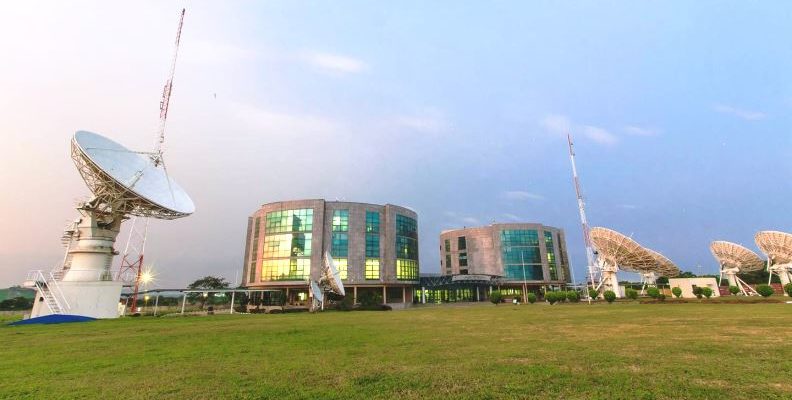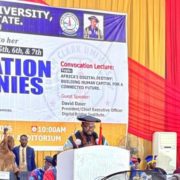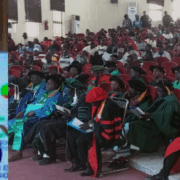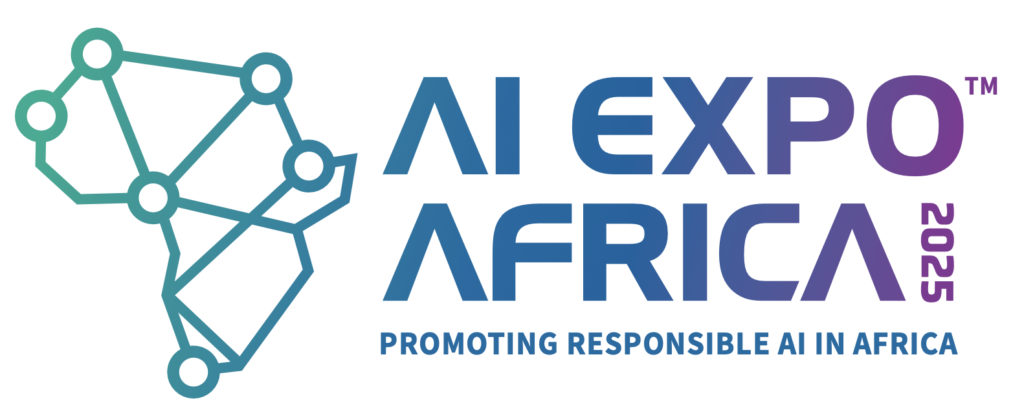By Sonny Aragba-Akpore
After a very long wait to realize a long dream, Nigeria launched a communications satellite on May 13, 2007. It was named Nigcomsat 1. While some saw it as a fulfilment of a dream, many others never believed it was true. Some people doubted if indeed Nigeria went to space at all, especially when it was in conjunction with the Chinese, having woven stereotypes around China as a country of alleged fake products.
RELATED: NIGCOMSAT partners with Eutelsat to launch LEO satellite services, challenging Starlink’s dominance in Nigeria
The launch was seen the same way misgivings followed any product that was “Made in Japan “in the days of yore. Japan was derided as a country where fake products were allegedly produced, thus misplacing the hard-working innovation of the Japanese, who were just coming out of an insensitive attack during World War 2 with bombings of Hiroshima and Nagasaki, actions that were believed to have ended the Second World War.
After that, the world has never been the same again. The Japanese have become the toast of innovation and technology in the automobile, electronics, and all the good things coming out from science and technology, including Artificial Intelligence (AI) and Internet of Things (IoT).
A satellite in orbit for only 18 month
Sadly, on November 11, 2008, the Nigerian satellite “failed “, and the few people who believed the feat before now joined the large population that doubted the launch at the beginning.
The satellite was in the orbit for only 18 months before it was confined to the “graveyard “(parked as in parking). The promoters of the programme were vilified and called names for bringing the country to disrepute, especially with such gigantic investments.
It cost $250m out of which Nigeria’s counterpart funding was $50m, while China Great Wall Industry Corporation (CGWIC) provided the balance $200m sourced from China ExIM bank at low interest rates. viewed as a failed project, but it’s Chief Executive at that time, who was believed to be the midwife of the project, Mr. Timasaniyu Ahmed-Rufai, dismissed such insinuations as false.
NIGCOMSAT-1R at no cost
“Yes, the satellite had technical issues of power supply to it, and it was only technically wise to deorbit it to forestall further damage to it and avoid collateral damage to other satellites, that may be affected if we didn’t take the action we took”, he was quoted then in defence of the position of his company. And by virtue of the clauses of the agreement with CGWIC before it was launched in 2007, the satellite was replaced by CGWIC at no cost to Nigeria, Ahmed-Rufai explained further.
Indeed after the November 11, 2008 date when the satellite failed, the Chinese offered to replace the satellite at no cost to Nigeria. And so Nigcomsat 1R was launched on December 19,2011 with 28 transponders made up of four in C-band,14 in Ku-band, eight in Ka-band and L-band had two.
The original plan was for the satellite to deepen Nigeria’s position in space technology by providing seamless services for broadband internet access, telecommunication services, satellite TV broadcasting, tele-education, telemedicine, among others.
14 years after NIGCOMSAT-1R launch, a satellite mirage?
But 14 years after its launch, not much has been in that direction, perhaps due to lack of confidence by potential customers and fear of the required expertise of its managers and the missing political will for attracting investors to to invest in its expansion.
The only visible achievement so far is that it deepened Nigeria-China space technology relationship.
By December 19, 2011 when NigComSat-1R, was launched in Xichang, China it had a 15-year design cycle and it gets close to the end of its lifespan it is believed to be running low. Insiders at NIGCOMSAT explained to this writer that the lifespan is being extended through a very careful fuel management “using propellant sparingly and efficiently for orbit corrections to extend its operational life until 2028.”
But recently, officials of NIGCOMSAT Limited received the Kenya Satellite Agency (KSA) in Abuja. Talks centred on how to deepen Africa in global communications satellite service provision, and both organisations talked about collaboration on how to achieve this difficult task of going to space to engender footprints around the globe.
Waking a slumbering NIGCOMSAT
Although details of the talks were sketchy, it appears that officials of NIGCOMSAT are beginning to wake up from their slumbers after providing fitful services that have been anything but enticing.
Managing Director of NIGCOMSAT Ltd, Mrs. Jane Egerton-Idehen, was full of praises for the KSA led by its Director General, Brigadier (rtd.) Hillary Kipkosgey for KSA’s interest in collaboration, calling it a milestone for Africa’s space industry.
“Nigeria’s investment in the space sector was driven by visionary leadership that recognised the potential of space technology to grow our economy, build a robust ecosystem, and attract global investors” Egerton-Idehen submitted.
adding “ I believe this collaboration can help address critical issues such as national security, sustainability, and sovereignty,” Mrs. Egerton-Idehen said. Brigadier Kipkosgey was quoted as saying that the visit was aimed at understanding NIGCOMSAT’s offerings while exploring potential collaborations with Nigerian institutions.
Joint venture agreements amidst diminishing returns
Early in 2023, NIGCOMSAT carried out a joint Satellite Based Augmentation System flight demonstration with Thales Alenia Space (TAS), of France, leading to a renewed joint venture agreement between the two parties signed in Toulouse, France, for the development of Satellite Based Augmentation System (SBAS) to enable provision of access to the payload on NigComSat-1R to Thales Alenia Space for the SBAS signal in Africa.
On the elongation issue, Egerton-Idehen was quoted as saying that satellites don’t stop working the moment they reach their design lifespan, but admits, however, that diminishing returns set in: “reliability declines as fuel reserves dwindle, solar panels and electronics degrade, and backup systems are exhausted”.
“Many continue to operate for years beyond expectations, though with a greater risk of weaker signals, service interruptions, or sudden failure—hence the need for early replacement planning.”
And in what appears to be a temporary remedy, NigComSat is believed not to rely solely on its ageing asset.
It entered into what looks like partnerships with international operators such as Eutelsat and OneWeb to provide “gap filler” services, shifting traffic when necessary to these operators to forestall any possible downtime when anything goes wrong like it did in 2008 when the first communication satellite was deorbited due to array solar power leading to it being confined (parked in modern English) in a grave yard after only 18 months of operation.
Space investment is no tea party
Going to space is not a tea party. So much is involved from conception to planning, sourcing for funds, getting technical and experts to build and then launch.
As at May 1,2023, there were 7,560 communication satellites in the world, made up of both geostationary earth orbit (GEO) and Low Earth Orbit (LEO).
The USA leads the rest of the world with 5,184 located in its territory while China hosts 628 and Russia 181. The rest of the world including Nigeria have 1,572 satellites































